Vintage wedding traditions that no one adheres to anymore
Ah, weddings! A celebration of love, unity, and, of course, traditions. As we dive into the world of vintage wedding customs, each one tells a unique story from yesteryears. These traditions, some still cherished today, offer a glimpse into the cultural fabric of the past. So, grab a cup of tea, and let’s take a delightful trip down memory lane, exploring the charming and sometimes quirky rituals that have adorned weddings for centuries.
The Dowry Dilemma: A Gift from the Bride’s Family
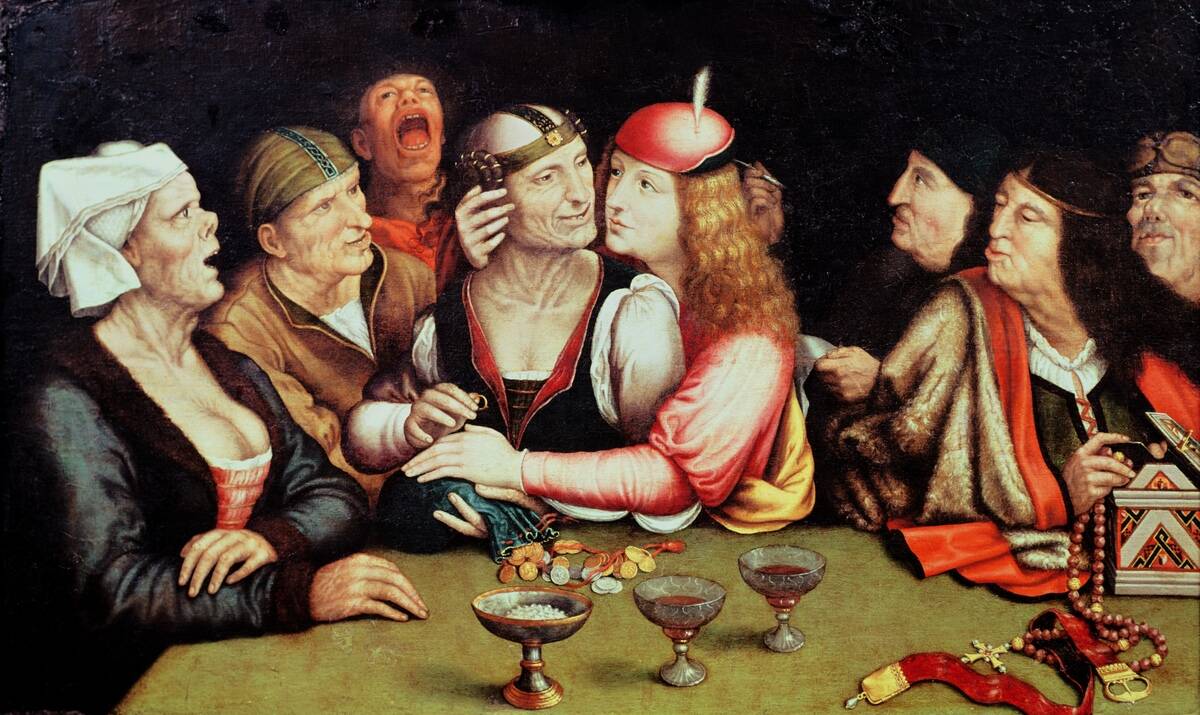
The dowry tradition, while controversial today, was once a vital part of marriage negotiations. In many cultures, it represented the bride’s family’s wealth and status, often in the form of money, goods, or property. During the Middle Ages, dowries were essential for ensuring a woman’s future security. Though the practice has faded, its remnants can still be seen in modern traditions, like parents contributing to wedding costs.
The Veil of Mystery: Hiding the Bride’s Face
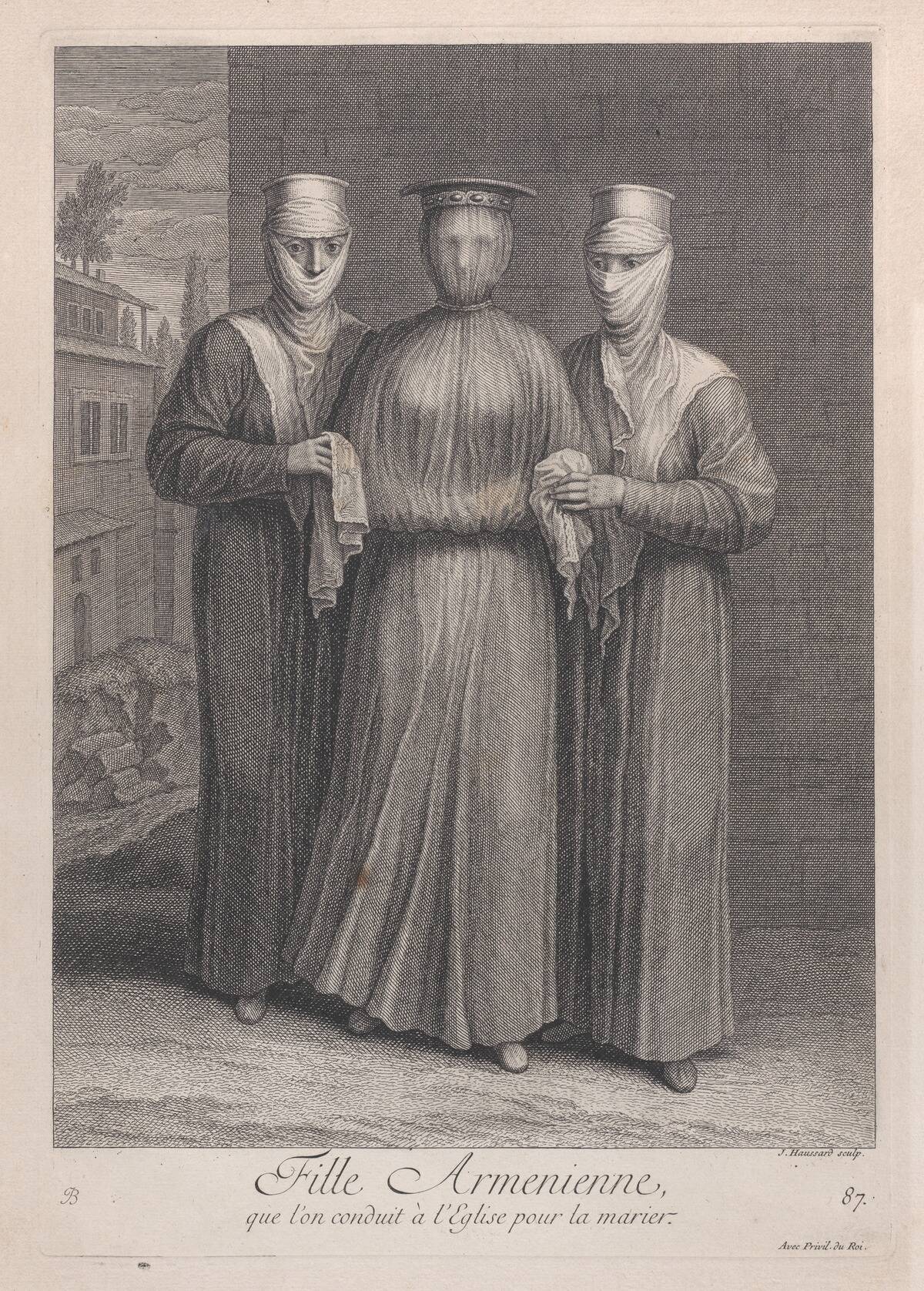
The bridal veil is more than just a fashion statement; it carries centuries of symbolism. Originating in ancient Rome, the veil was believed to protect brides from evil spirits. In medieval times, it added an element of mystery and modesty, concealing the bride until the moment of unveiling. Today, while the veil’s mystical aura remains, it’s often embraced as a romantic accessory that adds drama to the wedding ensemble.
Tying the Knot – Literally! The Handfasting Ceremony
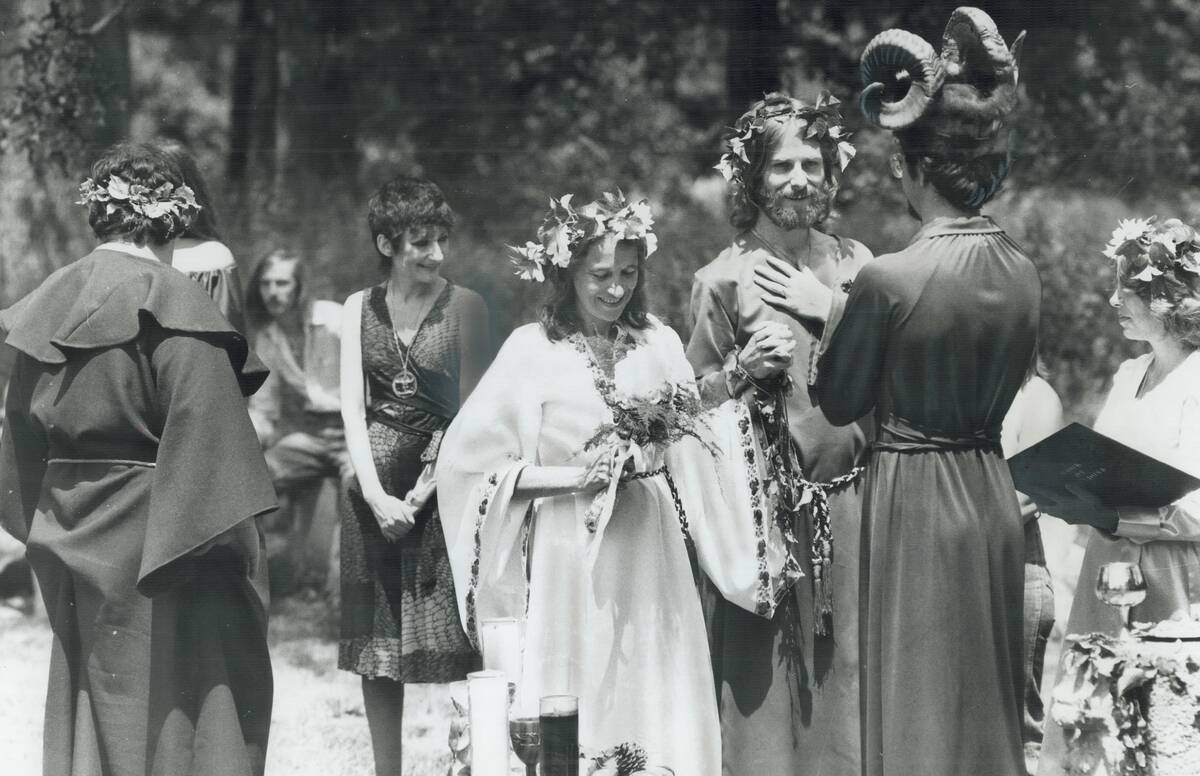
Handfasting, an ancient Celtic ritual, involved binding the couple’s hands together with a cord during the ceremony. This symbolic act represented the union of two lives and was the origin of the phrase “tying the knot.” Often performed outdoors in nature, this ritual is seeing a resurgence in modern weddings, especially among those looking for a more personalized, meaningful way to pledge their love.
Tossing the Garter: A Hands-On Tradition
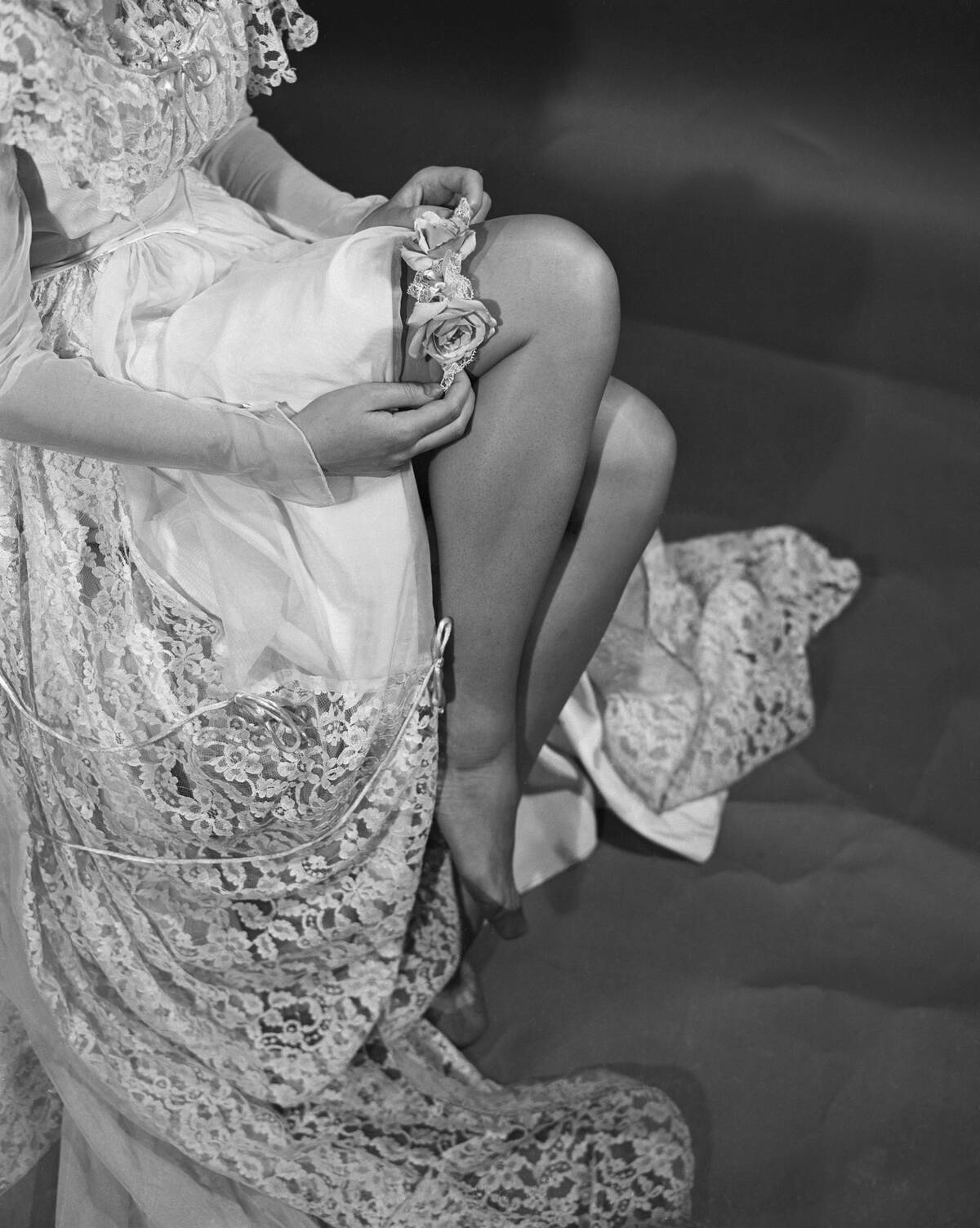
The garter toss is one of those traditions with roots in the medieval belief that clothes and accessories of the bride and groom brought good luck. Originally, guests would tear pieces from the bride’s dress. To avoid this, the garter was introduced as a substitute. Today, it’s a lighthearted moment where the groom removes and tosses the garter, a playful nod to its historical origins, often bringing laughter to the celebration.
Charmed by the Charm Cake: Wedding Cake with a Twist
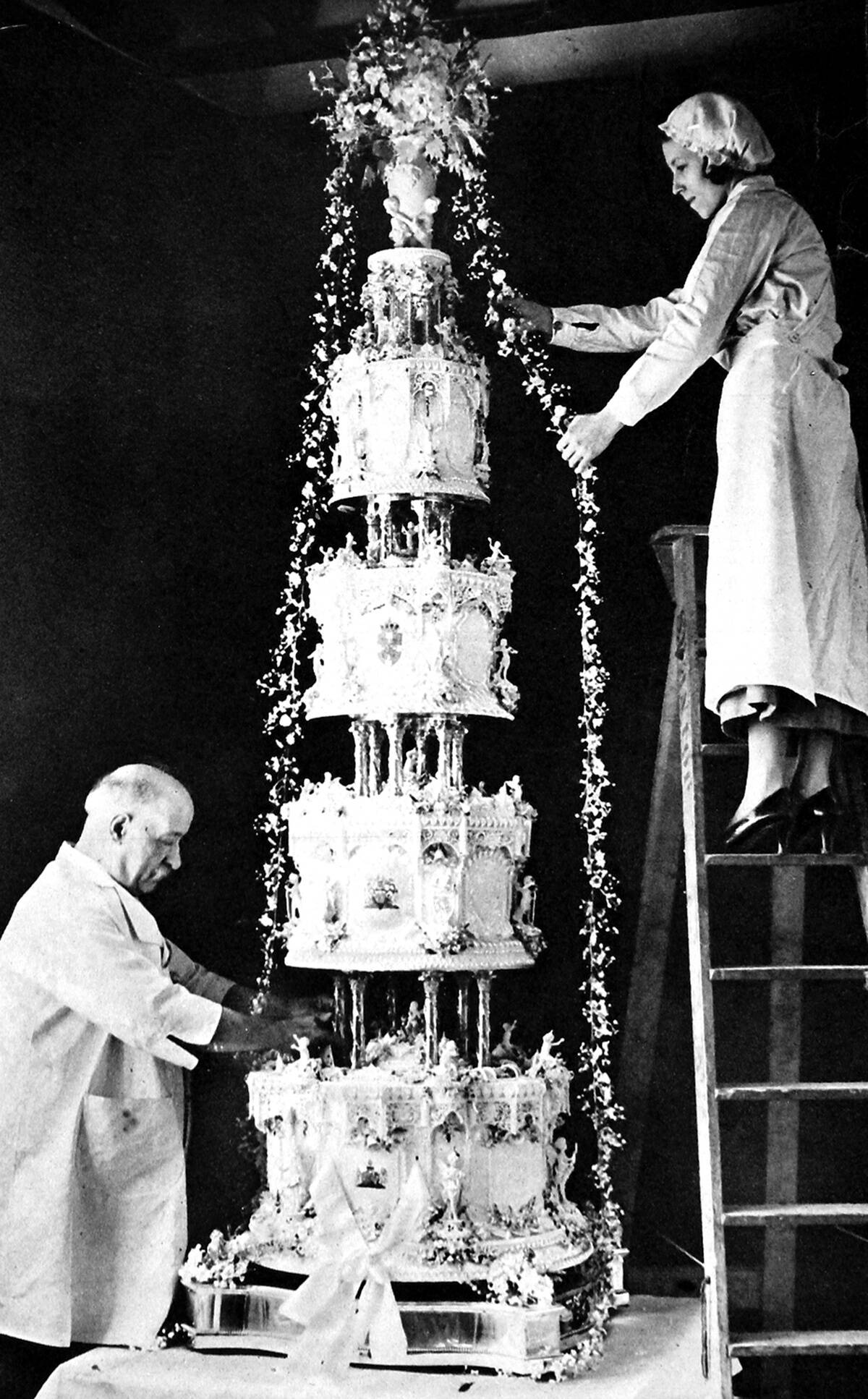
The charm cake, popular in Victorian England, was a delightful precursor to today’s fortune cookies. Small charms were baked into the cake, each with its own meaning—a ring for marriage, a thimble for spinsterhood. Guests would pull these charms out with ribbons, revealing their fates in a fun, communal activity. Though largely replaced by the modern tiered cake, some weddings still incorporate charm pulls for a touch of whimsy.
The Bridal Posy: A Bouquet with a Purpose
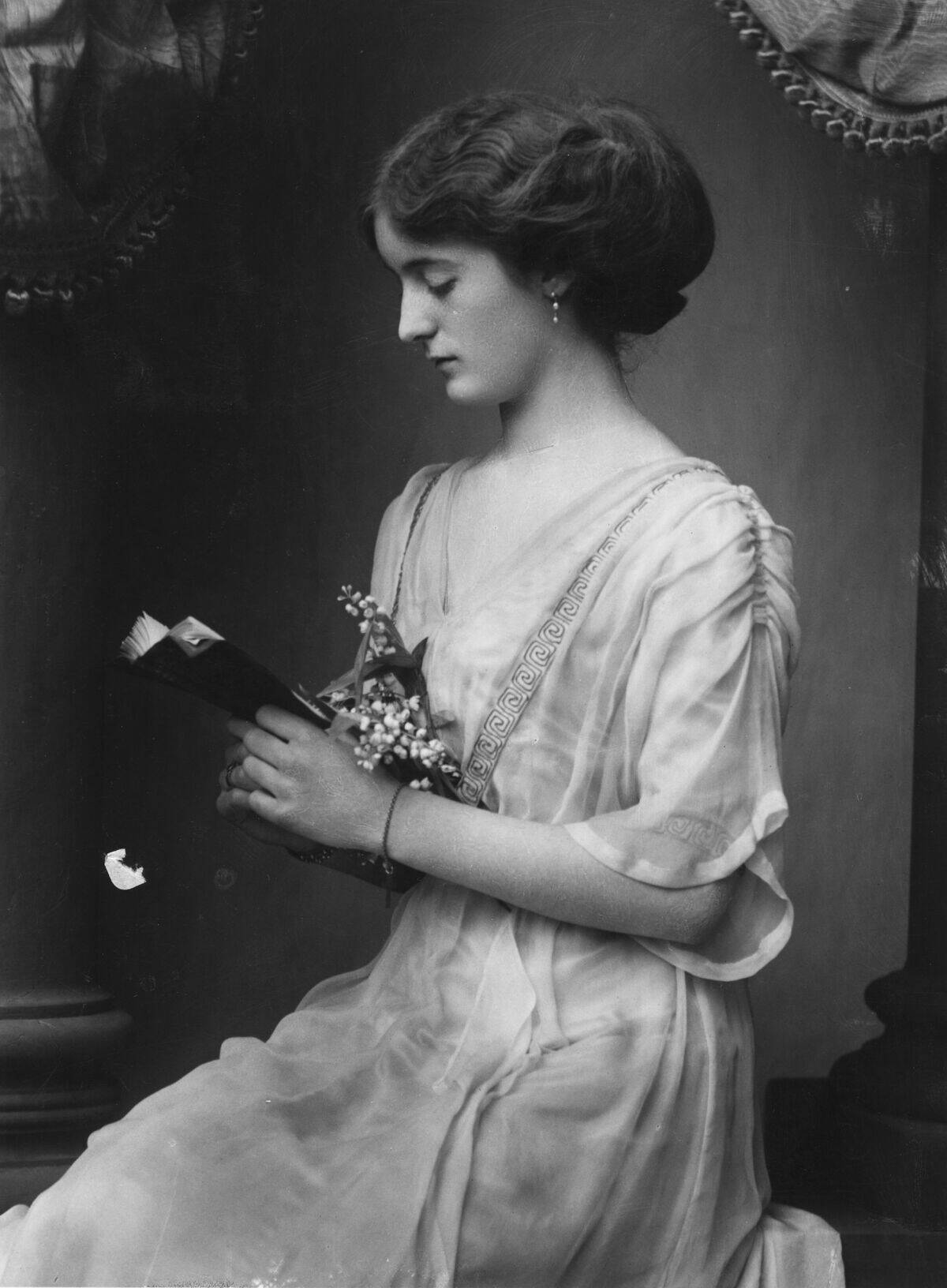
The bridal bouquet has evolved from a practical necessity to a stunning accessory. In ancient times, brides carried herbs and spices, like garlic and dill, to ward off evil spirits and bad luck. The fragrant blooms we see today symbolize beauty and love, often incorporating the bride’s favorite flowers or those with special meanings. The bouquet toss has also become a staple, adding a moment of excitement and tradition to weddings.
Kidnapping the Bride: A Tradition of Yore
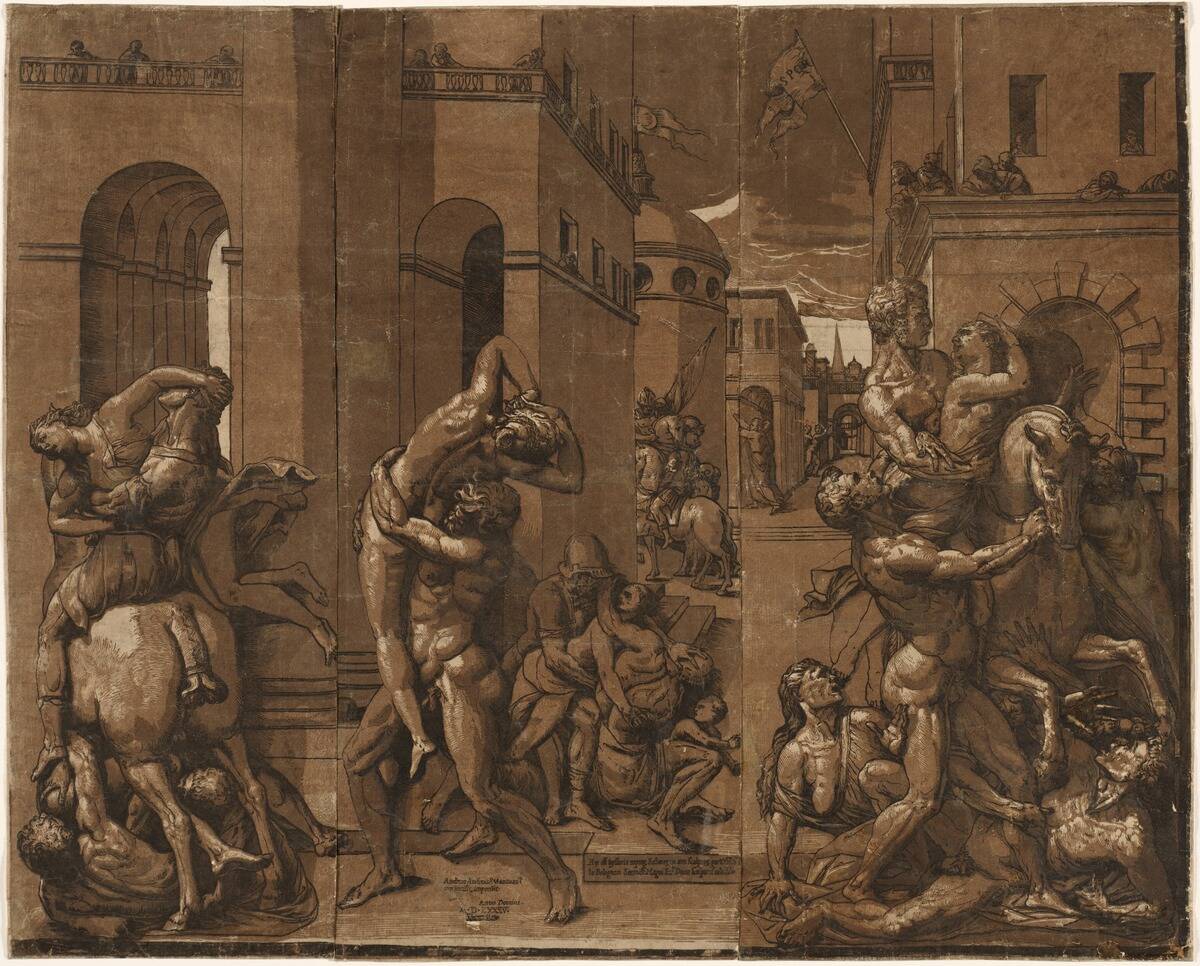
Bride kidnapping, though alarming by today’s standards, was once a symbolic act meant to represent the groom’s commitment. In some cultures, grooms “abducted” their brides, demonstrating they could protect and provide for them. Over time, this evolved into staged scenarios or playful games at weddings. While the practice is largely obsolete, its echoes can still be found in certain cultures where symbolic “rescues” are part of the celebration.
The Penny in Your Shoe: A Symbolic Good Luck Charm
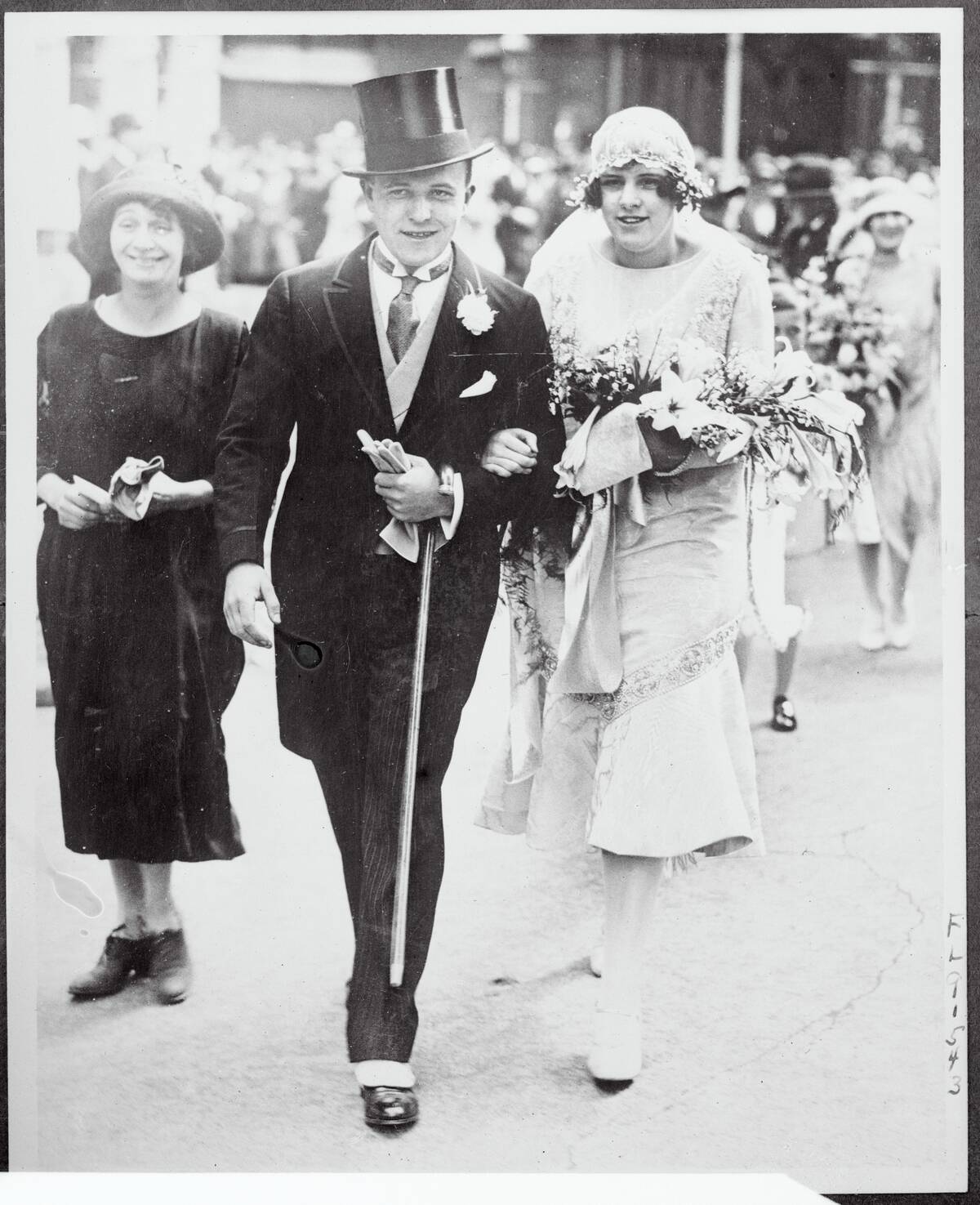
Originating in Victorian England, the tradition of placing a penny in the bride’s shoe symbolizes wealth and prosperity. The full rhyme—”Something old, something new, something borrowed, something blue, and a sixpence in her shoe”—captures the sentiment of good fortune for the bride’s new journey. Though the sixpence has largely been replaced by a penny, this charming tradition endures, adding a touch of nostalgia to modern weddings.
The Wedding Bell: Ringing in Good Fortune
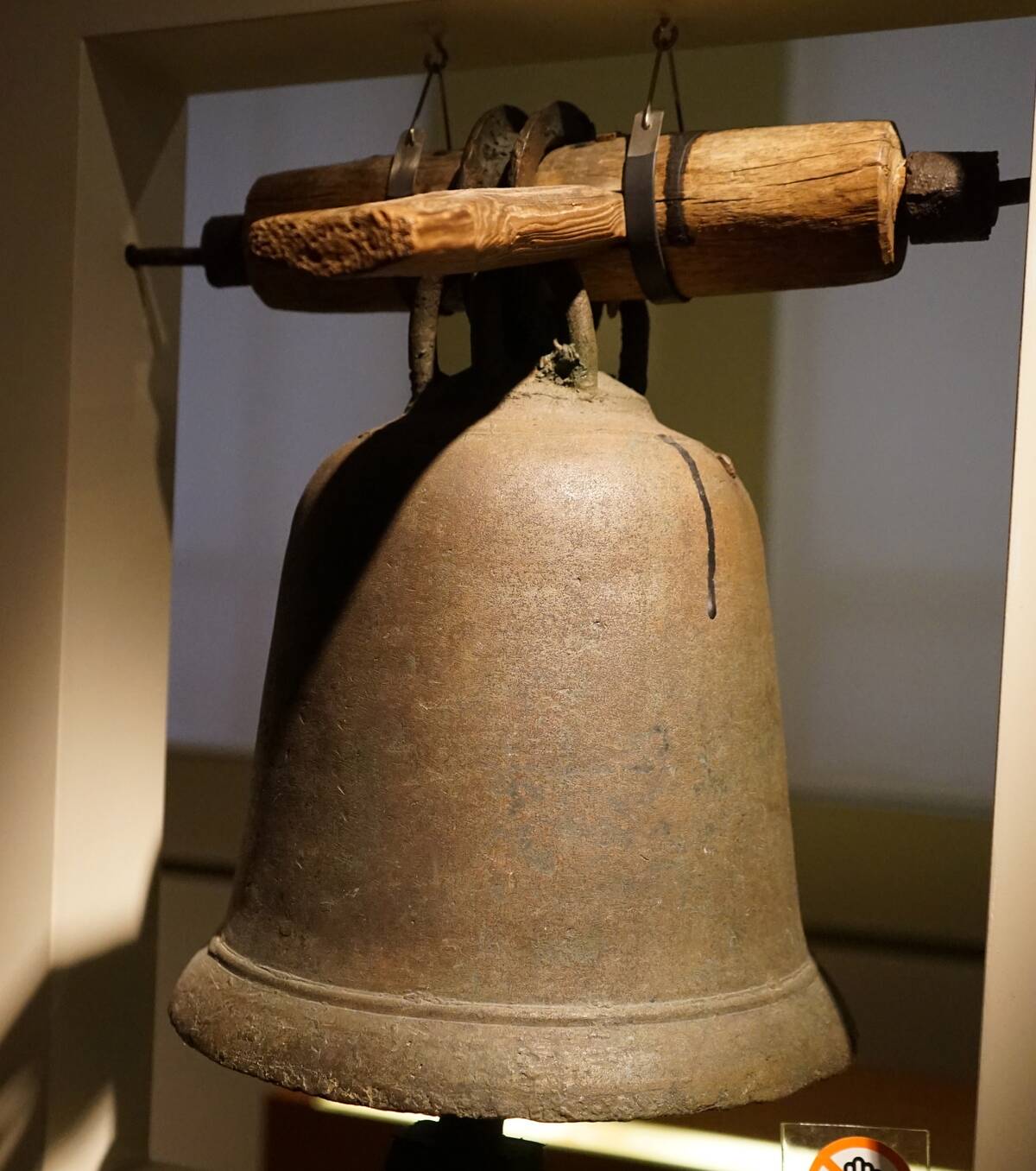
Wedding bells have long been associated with joyous celebrations and the promise of a happy union. Historically, the sound of bells was believed to ward off evil spirits and bring good luck to the couple. The tradition persists today, with church bells ringing at many ceremonies or symbolic bell decorations appearing in wedding decor. The melodic chime continues to be a beloved symbol of love and new beginnings.
The Wedding Pie: A Savory Slice of Matrimony
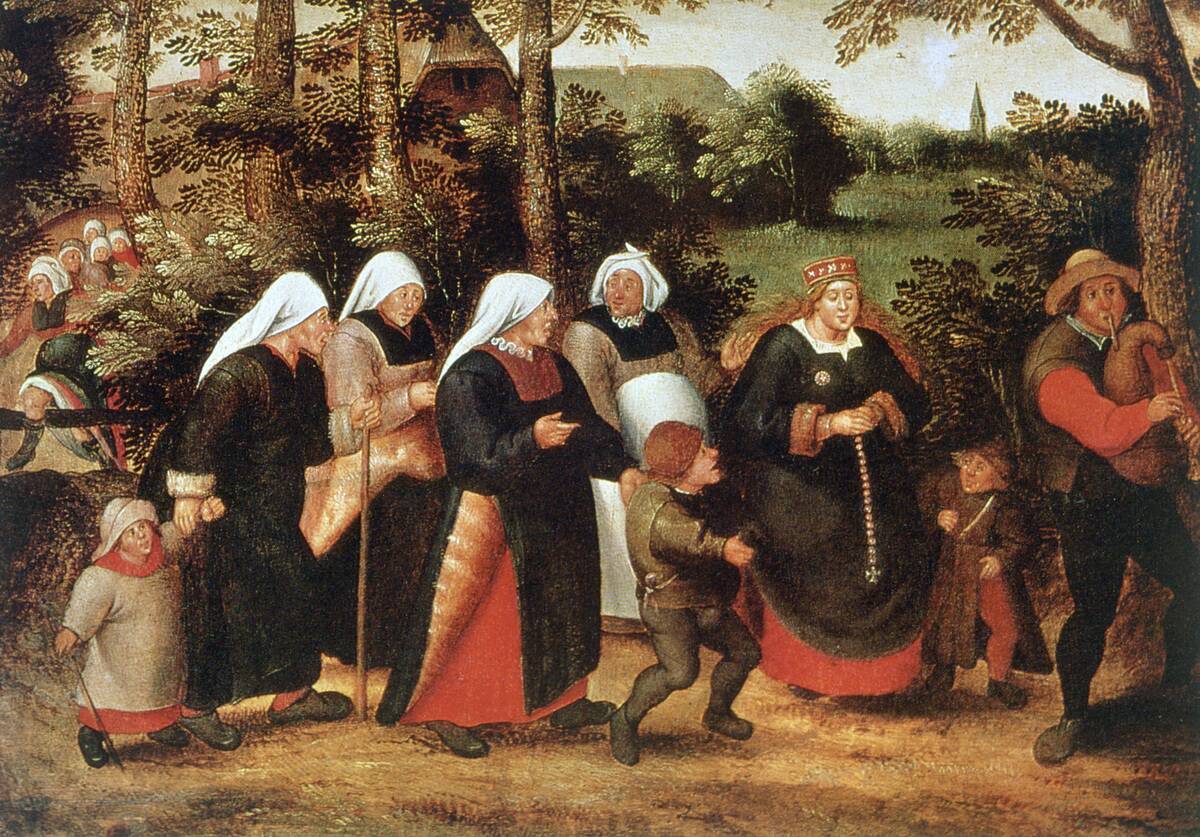
Before the modern wedding cake, couples enjoyed a savory wedding pie. These pies, filled with meats or sweetmeats, were a staple at English weddings during the 16th and 17th centuries. The bride would often place a ring inside the pie, with the guest who found it ensured good fortune. While pies have been largely replaced by sweet confections today, the idea of sharing a special dish remains a cherished part of wedding feasts.
Carrying Over the Threshold: Crossing into a New Life
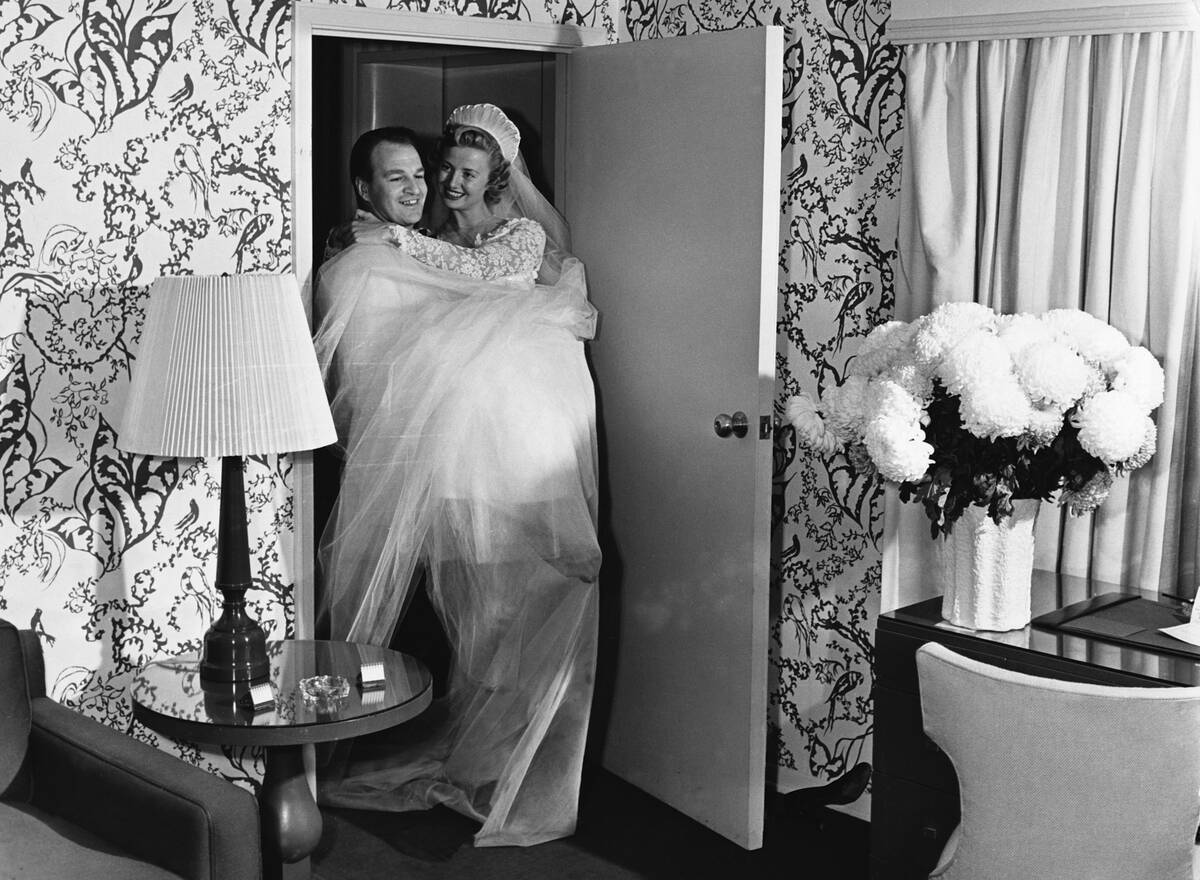
Carrying the bride over the threshold is a romantic gesture rooted in ancient superstition. It was believed that evil spirits lurked at the doorstep, and lifting the bride ensured she wouldn’t bring bad luck into her new home. This tradition, full of charm and symbolism, continues as a fun and sentimental moment in many modern weddings—a practical way to start married life off on the right foot!
The Orange Blossom: A Symbol of Fertility
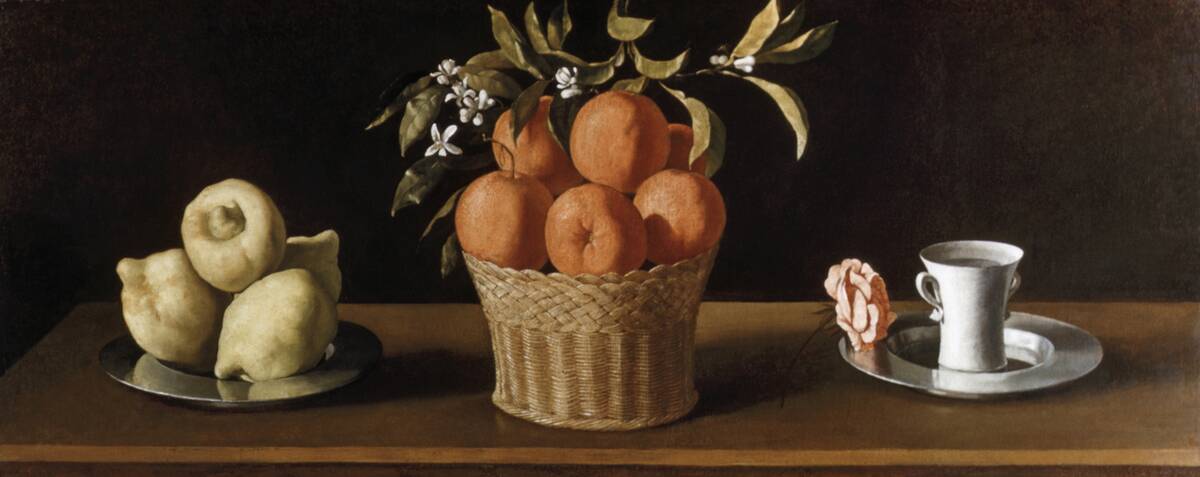
The orange blossom has been a symbol of fertility and purity since ancient times. In the 19th century, Queen Victoria popularized its use in bridal attire, incorporating the fragrant flowers into her wedding ensemble. Today, orange blossoms remain a classic choice for bouquets and hair accessories, representing the hope for a fruitful and prosperous marriage. Their delicate beauty and sweet scent continue to enchant brides worldwide.
Wearing Something Blue: The Original “Something Borrowed”

The tradition of wearing something blue dates back to ancient Rome, where the color blue symbolized love, fidelity, and purity. This custom became part of the well-known wedding rhyme, adding a touch of color and meaning to bridal attire. Brides today often incorporate blue in subtle ways, like a garter or jewelry, maintaining the tradition’s sentiment while allowing for personal expression in their wedding day look.
The Groom’s Cake: A Slice of His Personality
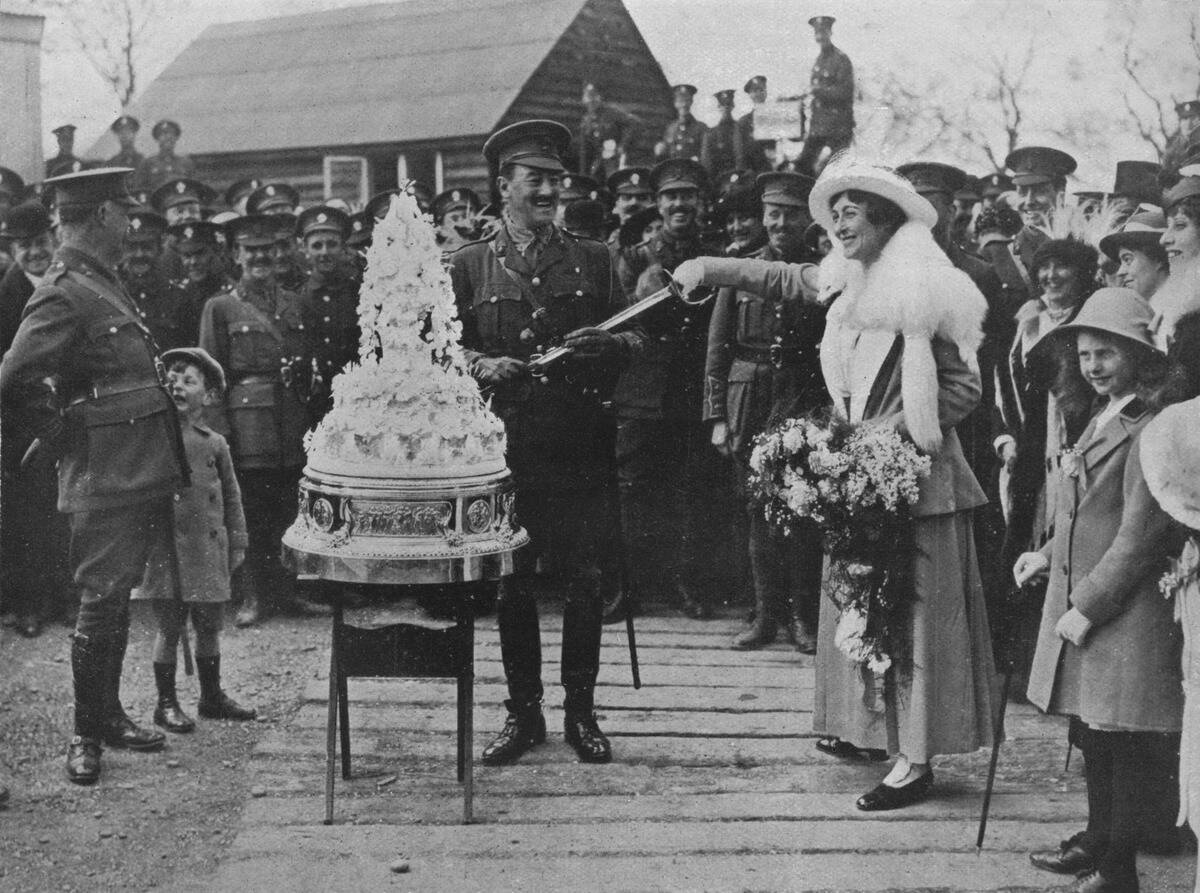
The groom’s cake is a delightful tradition that adds a personal touch to the wedding festivities. Originally a Southern American custom, this cake is often designed to reflect the groom’s hobbies, interests, or favorite flavors. From chocolate confections to elaborate themed designs, the groom’s cake offers a playful and unique complement to the traditional wedding cake, celebrating the groom’s individuality in a delicious way.
The Wedding Cup: Sharing the First Sip Together
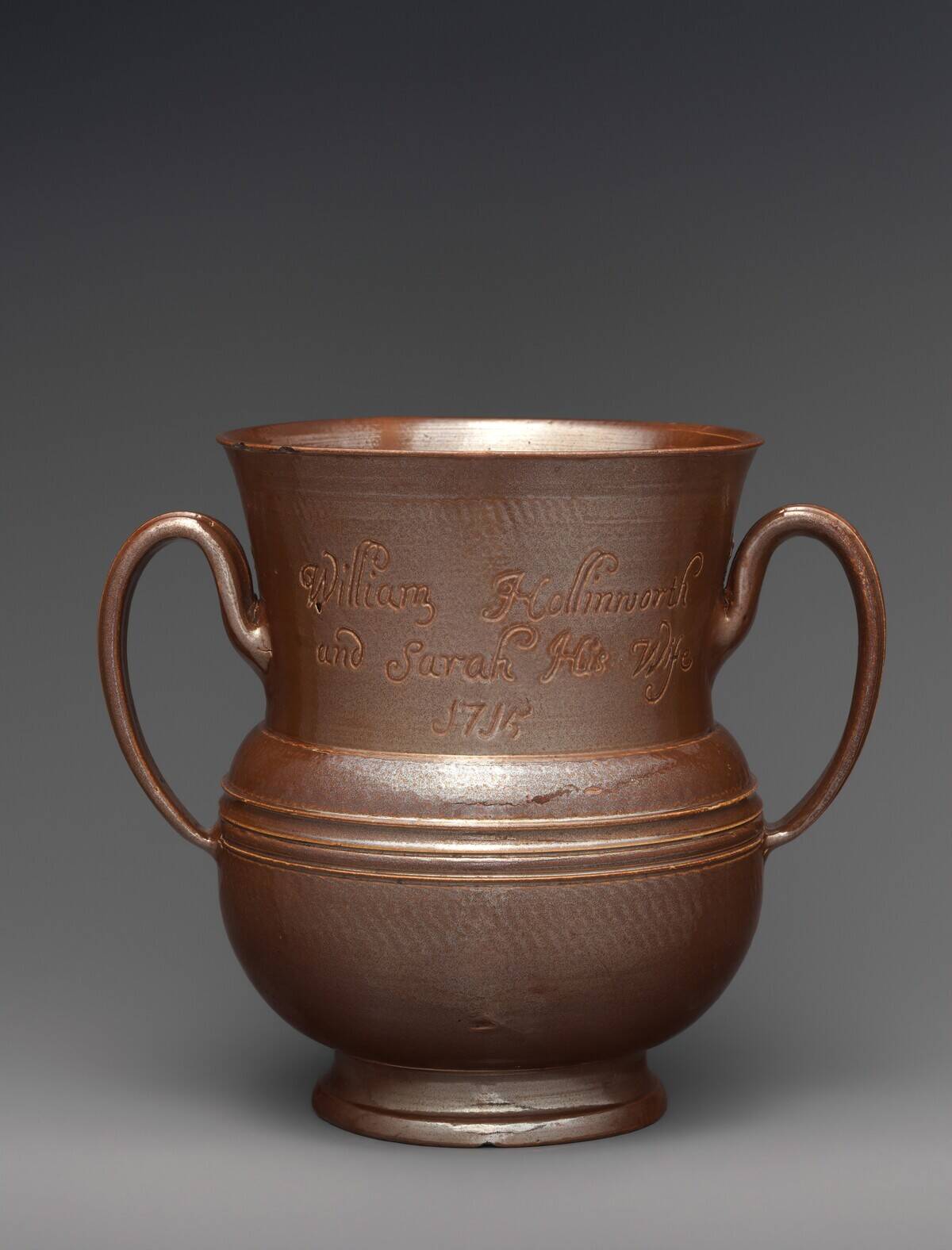
The wedding cup, or “loving cup,” is a tradition rooted in medieval Europe where couples would share a drink from a communal cup, symbolizing their unity and shared future. Often intricately designed, these cups are used during the ceremony or reception for a toast, adding a touch of elegance and history. This ritual of sharing the first sip is a beautiful gesture of commitment and partnership, cherished by many couples today.
The Bridal Coronation: Crowning Glory
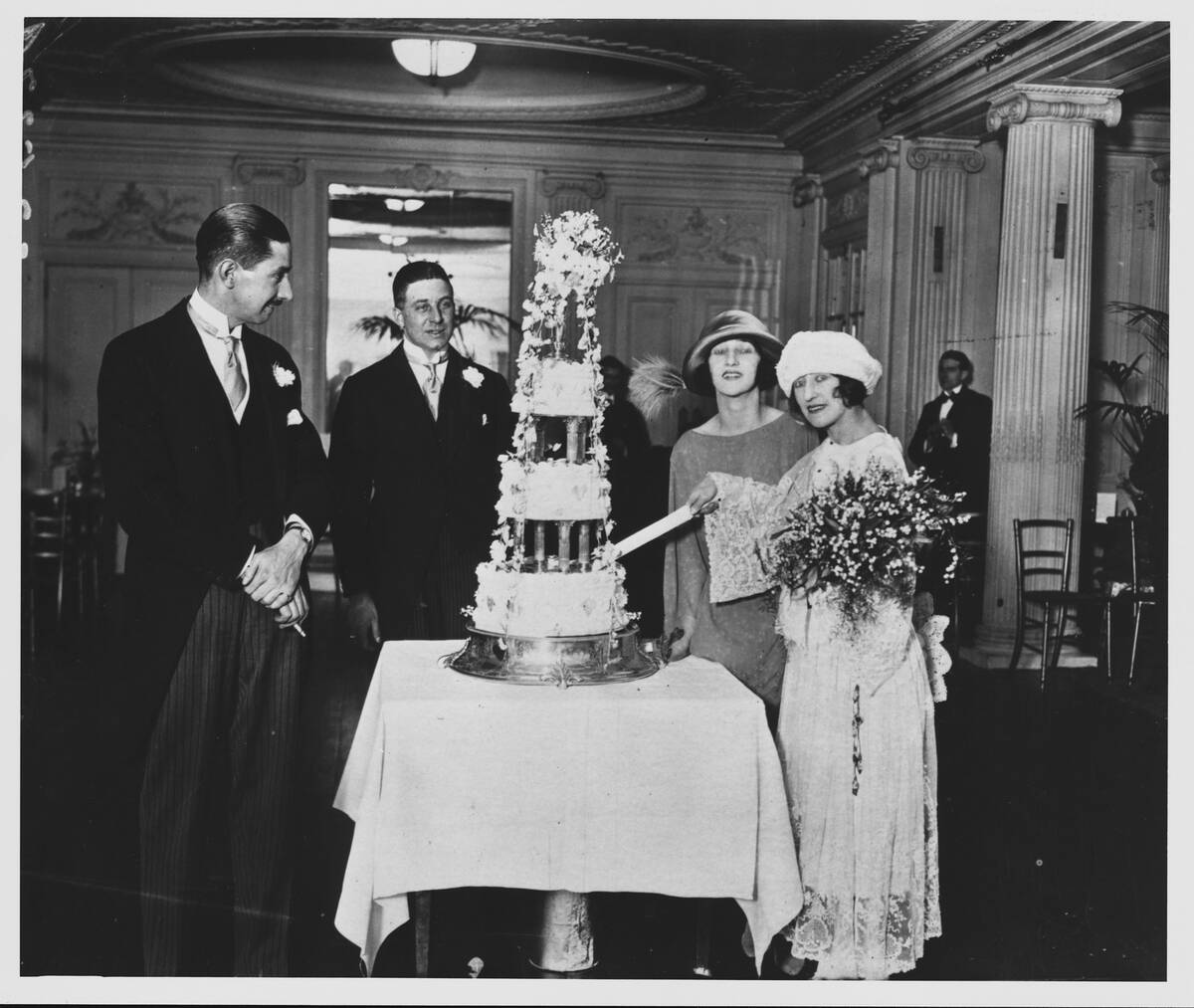
The bridal coronation, a regal tradition, involves crowning the bride with a wreath or tiara, symbolizing her transition into married life. In ancient Greece, brides wore laurel wreaths, while in other cultures, ornate crowns adorned with jewels were preferred. This tradition highlights the bride’s central role in the wedding ceremony and her new status. Today, tiaras and floral crowns are popular, adding a touch of royal elegance to the bridal look.



